Use of AI in recruitment has surged. By late 2023, 42% of companies were using AI for HR screening (with another 40% considering it). In fact, over 98% of Fortune 500 firms now leverage some AI hiring tools.
However, as adoption grows, so do reports of algorithmic discrimination and missed opportunities, undermining the promised benefits.
Case in point: A lawsuit against HR tech giant Workday has ignited a critical conversation about bias in automated hiring.
Five plaintiffs, all over the age of 40, claim that Workday’s screening algorithms rejected them from hundreds of jobs (sometimes within minutes of applying) without human involvement. They argue that the technology disproportionately disqualifies older candidates and reinforces existing discrimination around race and disability.
A California judge has now ruled that the case can proceed as a collective action suit, potentially setting a precedent for how, and whether, AI can be trusted to decide who gets a foot in the door.
Some AI hiring biases are obvious (e.g. age cut-offs or gendered keywords), but others are more opaque.
Because these algorithms are usually trained on a narrow profile of “successful” employees at a firm, they can end up favouring one demographic. Often marginalised groups fall through the cracks because they attended different schools or have different hobbies and experiences.
Such intersectional bias can be hard to detect. For example, an older woman of color might be consistently ranked lower by an AI, not due to one overt factor but a combination of subtle biases in the model’s training data. The net effect is systemic discrimination: as one study noted in 2023, algorithmic hiring tools have shown discriminatory impacts based on gender, race, and even personality traits, reproducing societal biases under the guise of “data-driven” decisions.
Even at senior levels, over-reliance on algorithms can derail fair hiring.
In Australia, a federal agency outsourced some promotions decisions to an AI-driven process involving psychometric tests and video responses.
The outcome? At least 11 promotion decisions were overturned in 2022 after a review found the AI-led selection “did not always meet the key objective of selecting the most meritorious candidates.”
In other words, the best people were not always the ones the algorithm chose to advance. This prompted authorities to reverse those hiring decisions.
Let’s be clear: technology has a role to play in recruitment. But when that technology makes decisions about people without context, nuance, or human judgement, things can go sideways fast.
At ThunderLabs Recruitment, we don’t use AI to screen candidates. Not now. Not ever.
We believe in the value of a conversation, not a keyword match. Of context, not just credentials. And of treating every application like it came from a real person. Because it did.
Why We Stick With a Human-First Approach
There’s a reason 95% of candidates say yes when we reach out. It’s not because we spam inboxes or chase quotas. It’s because we take the time to understand people — their skills, their story, their aspirations — and connect them with opportunities that make sense.
In an age of automated rejection emails and algorithmic black boxes, our human-led approach stands out. Here’s how:
- We screen for potential, not perfection
Some of the best hires don’t look textbook on paper. We know how to spot transferable skills, growth mindsets, and team fit in ways AI can’t. - We build real relationships
Whether we’re hiring for one role or building an entire team, our recruiters work alongside hiring managers and candidates. We ask better questions. We listen more. We don’t rush the process. We refine it. - We reflect your values, not just your vacancy
ThunderLabs partners with mid-tier organisations that care about culture. So we don’t just send resumes. We represent your brand with the same care you would.
Tech Isn’t the Problem. Misusing It Is.
We’re not anti-tech. Our teams use smart tools to manage workflows, automate admin, and streamline logistics. But we draw a hard line at outsourcing human judgement. Especially when it affects someone’s career trajectory.
Hiring isn’t a funnel. It’s a relationship. And if you want to build lasting teams, you need more than an algorithm.
You need insight. Empathy. Curiosity.
That’s where ThunderLabs comes in.
If you’re tired of robotic recruitment or worried your hiring process is missing great people, maybe it’s time to rethink how you screen in, not out.
When your shortlist needs more substance than keywords, think ThunderLabs.


